Why Derry is the No 1 Halloween destination in the world
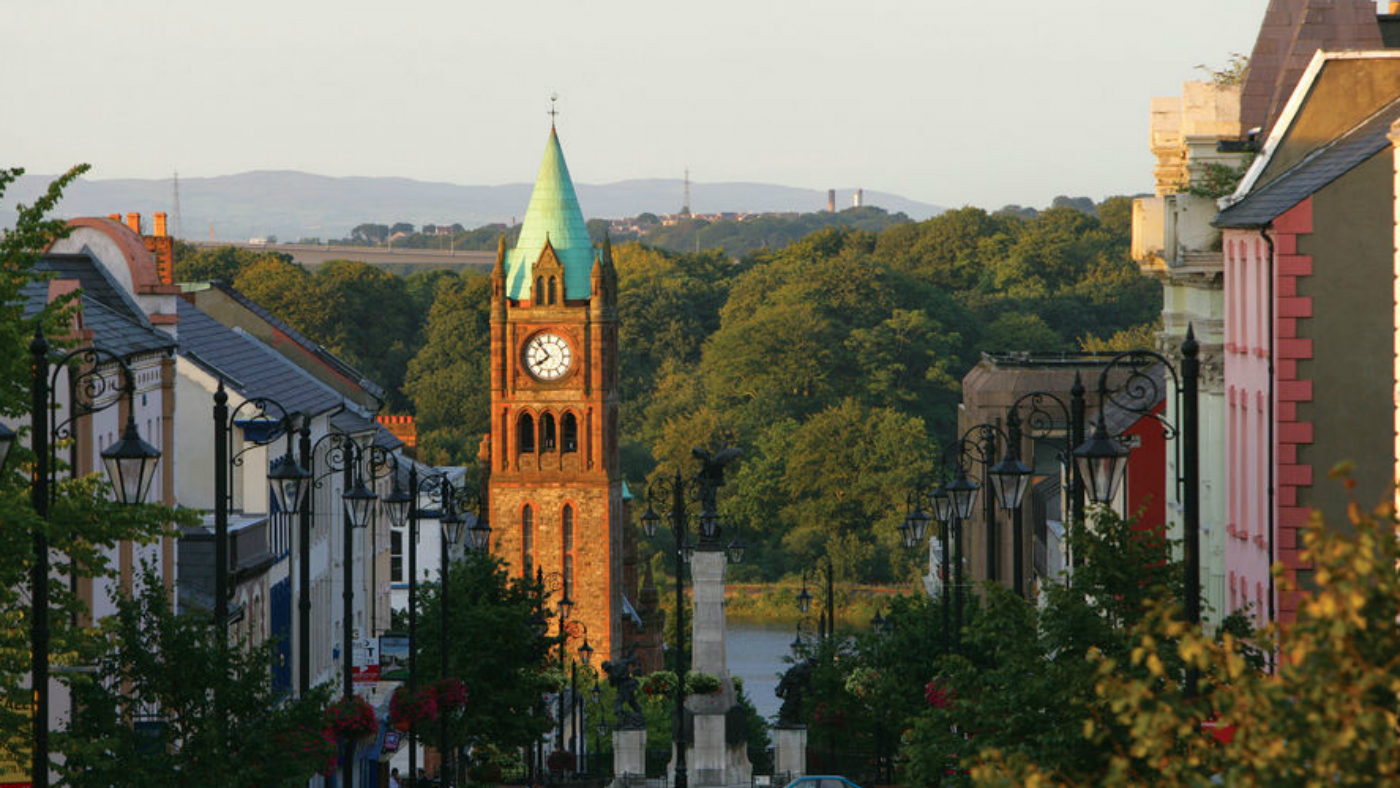
Time to update your library of received wisdom. The great American tradition of Halloween is no such thing. In fact, what we now know as Halloween originated on the island of Ireland, where it is believed to have grown out of the Celtic festival of Samhain. The Celts were climbing into ghoulish costumes to confuse evil spirits hundreds of years before American kids started scuttling around suburbia exchanging casual threats for a sugar rush. The earliest Jack O’Lanterns were not pumpkins but hollowed-out turnips.
If this itself sounds dubious, you should try telling it to the estimated 100,000 people—including witches, warlocks, skeletons and ghosts—who head to Derry-Londonderry in Northern Ireland every year for what has become one of the most celebrated Halloween festivals on the planet. Even the Americans themselves are convinced: in 2016, readers of USA Today declared Derry the No 1 Halloween destination in the world, and the party has only grown more spooktacular ever since.
Derry dedicates nearly a week to its Halloween festivities, which tend to coincide with local schools’ autumn breaks. It means a packed city giddy with supernatural excitement, where sales of fake blood matches those of Guinness pint-for-pint.
The Week
Escape your echo chamber. Get the facts behind the news, plus analysis from multiple perspectives.

Sign up for The Week's Free Newsletters
From our morning news briefing to a weekly Good News Newsletter, get the best of The Week delivered directly to your inbox.
From our morning news briefing to a weekly Good News Newsletter, get the best of The Week delivered directly to your inbox.
A celebration for everyone young and old
Derry lends itself exceptionally well to city-wide revelry. It is one of only a handful of cities in the world whose 17th century walls are complete and uninterrupted, providing a solid mile-long ring around the centre. On October 30 (ie, Halloween eve), the “Awakening of the Walls” festival makes superb use of the ancient bastions, with a trail of more than 40 performance pieces and installations dotted along the way. Witches swing from trees and ghostly soldiers emerge from portals to rattle swords; apparitions appear through windows overlooking the walls and a 15-foot illuminated skeleton surveys the scene from atop one of the massive stone gateways.
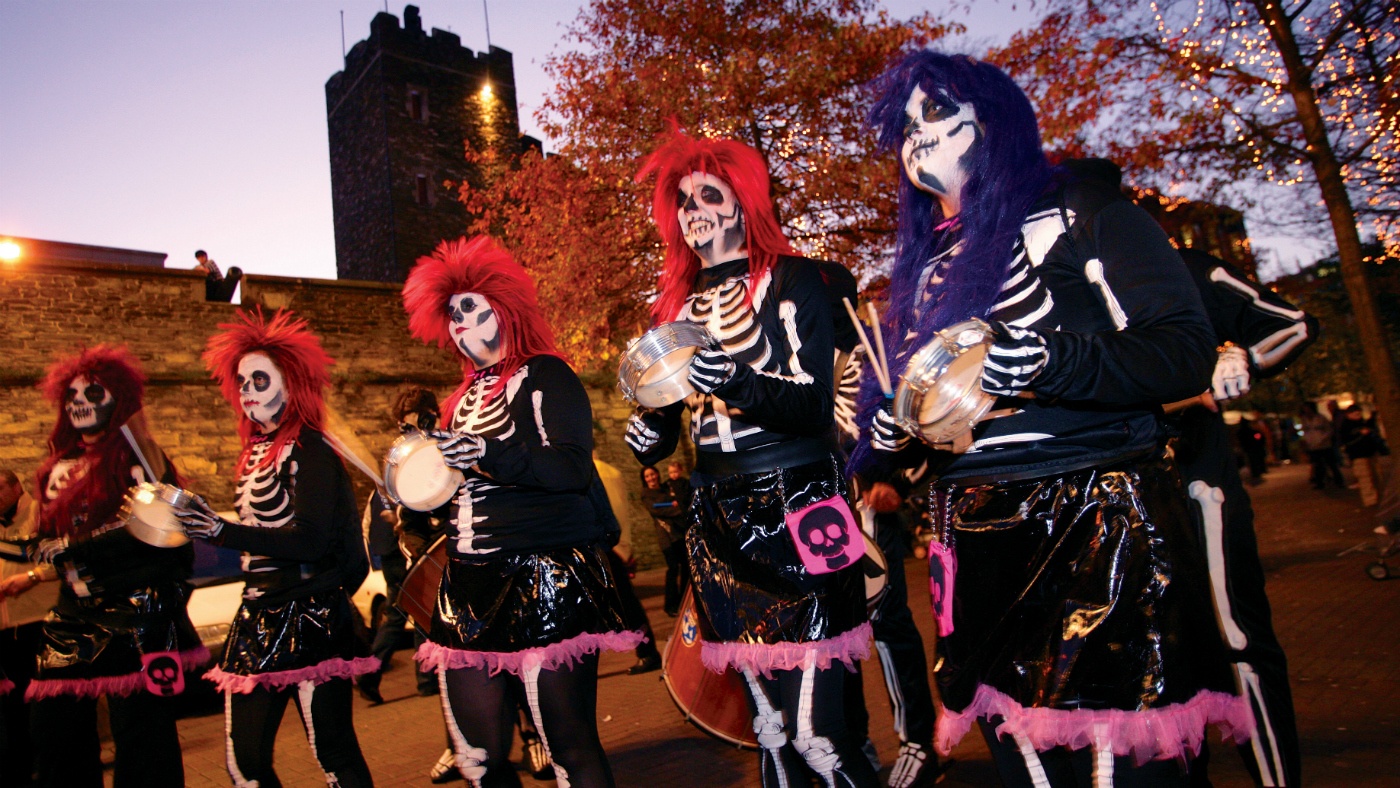
Seemingly the whole of Derry flocks to the centre, and certainly every actor from every drama group across the country has at least one night of employment. The result is a rare coming together of young and old, locals and tourists, the dead, undead and the just-about-still-breathing-among-the-crowds. Though the streets are efficiently cleaned for the hours of daylight, the spirits quickly re-emerge the following evening for a major parade and fireworks display on the banks of the River Foyle. Fancy dress is pretty much mandatory, as is attendance after the last whizz and bang at one of countless parties laid on in bars and hotel function suites.
The ancient walls offer the most obvious initial starting point for exploring Derry even if you happen to be in the city during one of the other 51 weeks of the year. The passionate guides of Derry City Tours will take you on a brisk 75-minute round trip, sprinkling historical facts amid an energetic monologue and a literal overview of Northern Ireland’s second-largest city.
A free daily email with the biggest news stories of the day – and the best features from TheWeek.com
The route skirts the 17th century St Colombs Cathedral, and peers over the late-Victorian Guidhall and its bustling square. It also offers one of several decent places from which to view the Peace Bridge across the Foyle, which was installed in 2011 and joins the Protestant Waterside district to the predominantly Nationalist remainder of the city. Its double curve represents the never-straight course of peace.
Memories of The Troubles are of course still sharp here, but the city has collectively decided to acknowledge and educate, rather than to deny or attempt to ignore what personally affected all but the tiniest percentage of the population. Walking tours also head down into the Catholic Bogside neighbourhood, to the west of the walled city, which became synonymous with much of the oppression, protest and violence of the late 20th century. The huge and vivid murals here—Bernadette Devlin with a megaphone during the Battle of the Bogside of 1969; Annette McGavigan, the 14-year-old schoolgirl shot dead in 1971—are all the more resonant when their symbolism and context is unpacked.
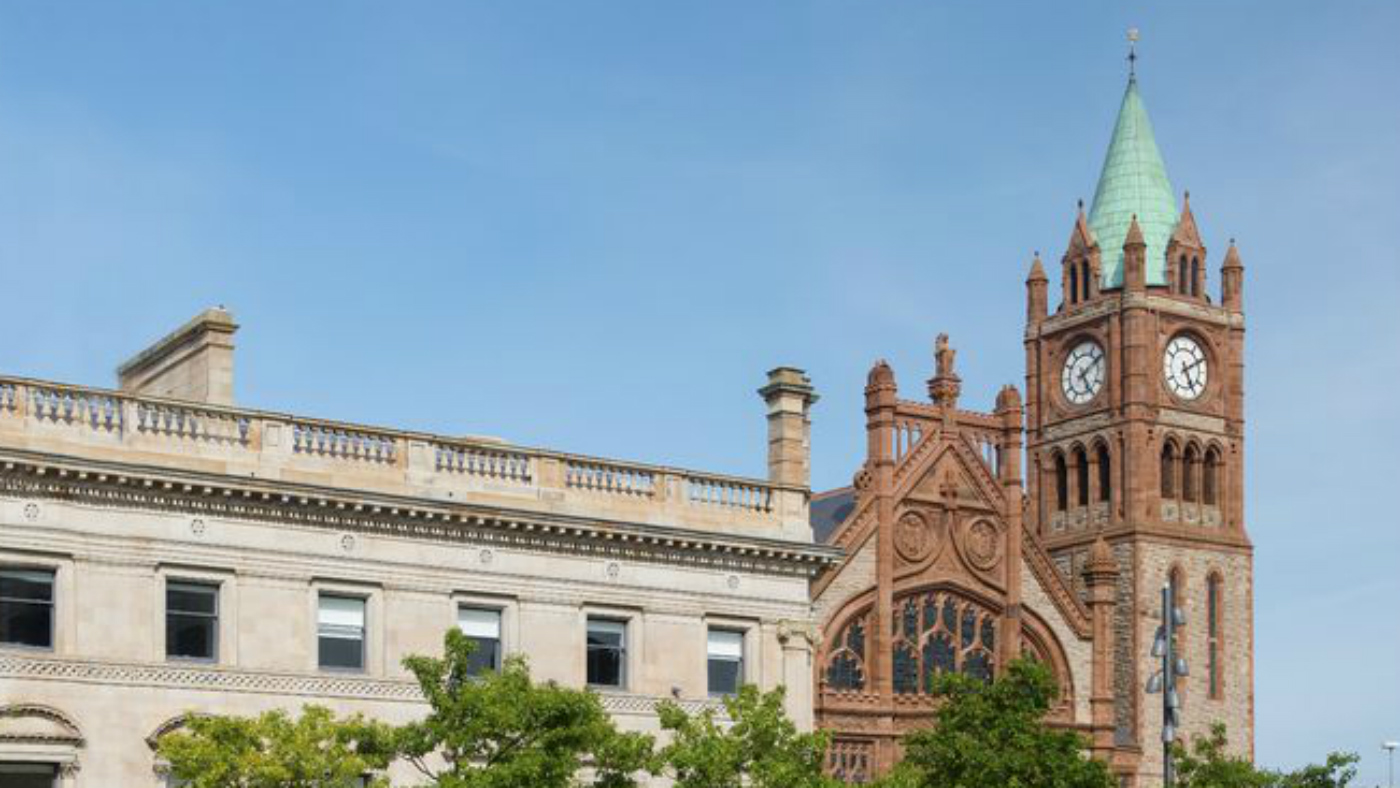
The Museum of Free Derry, located in the Bogside a matter of yards from where the Bloody Sunday massacre took place in 1972, is arguably the city’s must-visit destination. While it is crassly inaccurate to describe sites of atrocities as tourist "attractions", sensitive memorial museums at places such as Ground Zero in New York, or Auschwitz in Poland, have successfully managed to remain duly respectful while also drawing thousands of visitors each year. The Museum of Free Derry broadly fits into this category, and tells the story of one of the British military’s most shameful episodes, followed by its cover-up and eventual exposure.
The museum is the signature project of the Bloody Sunday Trust, which continues to press for prosecution of the soldiers responsible for the killing of 13 innocent people, and its staff includes family members of Bloody Sunday victims, whose personal testimony ensures the human loss is never overwhelmed by political posturing. “That’s where my brother died, just outside the car park,” guide John Kelly told our group, referring to 17-year-old Michael Kelly, who was one of four people shot and killed by “Soldier F” on Bloody Sunday. “I witnessed blatant murder that day…I do this not only for the victims of Bloody Sunday, I do this for my mother and my father.”
The permanent exhibition traces the sectarian conflict through the centuries leading up to the massacre, which took place at a march against internment, modelled on the civil rights protests of the United States in the 1950s and 60s. It ends with footage of David Cameron’s official apology during a speech to the Commons in 2010 during which the British government admitted that its forces were at fault, and that the victims had been smeared. News footage from Derry on that day shows the emotional celebrations of the vindicated, but the museum ensure the events will never be forgotten.
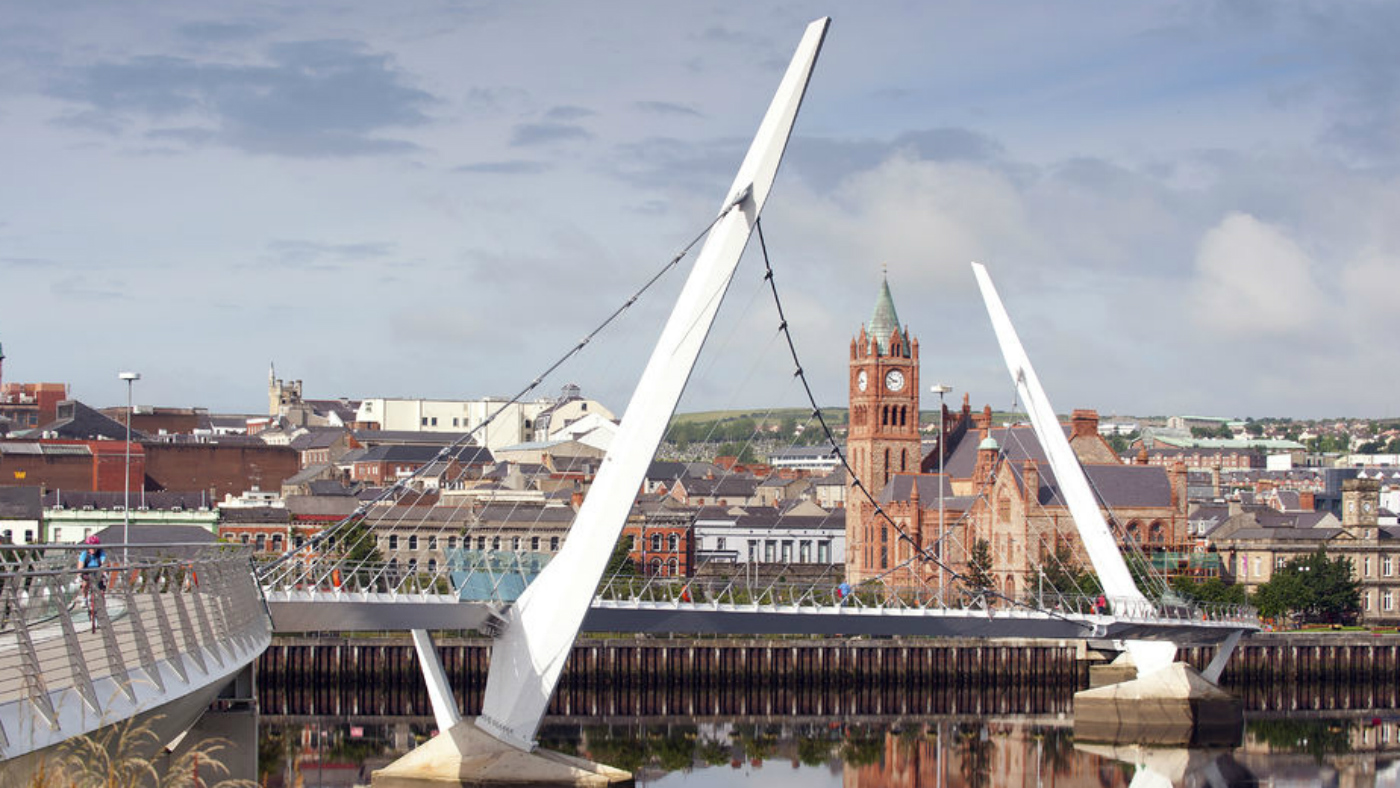
Decent pubs and more
In the 20 years since the Good Friday Agreement of 1998, Derry has gradually emerged as a viable city-break destination with daily flights from London, Glasgow, Edinburgh and Liverpool, and a decent selection of hotels in and just outside the walled city itself. The rugged northern coast, and the tourist trail known as the Wild Atlantic Way is only a short drive away, while the surrounding peatlands make a dramatic backdrop for hikes or mountain bike explorations.
Although many visitors to Derry will be seeking not much more than a decent pub and a few pints of Guinness for their sustenance (and will find plenty of places that fit the bill), the city is also developing a culinary scene to underpin its attraction to out-of-towners. Soda & Starch in the beautifully restored Craft Village in the city centre serves traditional and local produce plucked either from the North Atlantic or from windswept fields surrounding the city. Brickwork, also within the city walls, scatters some Asian influences through its high-quality bistro fare. It also has an adjoining cocktail lounge and live music venue for postprandial exertions.
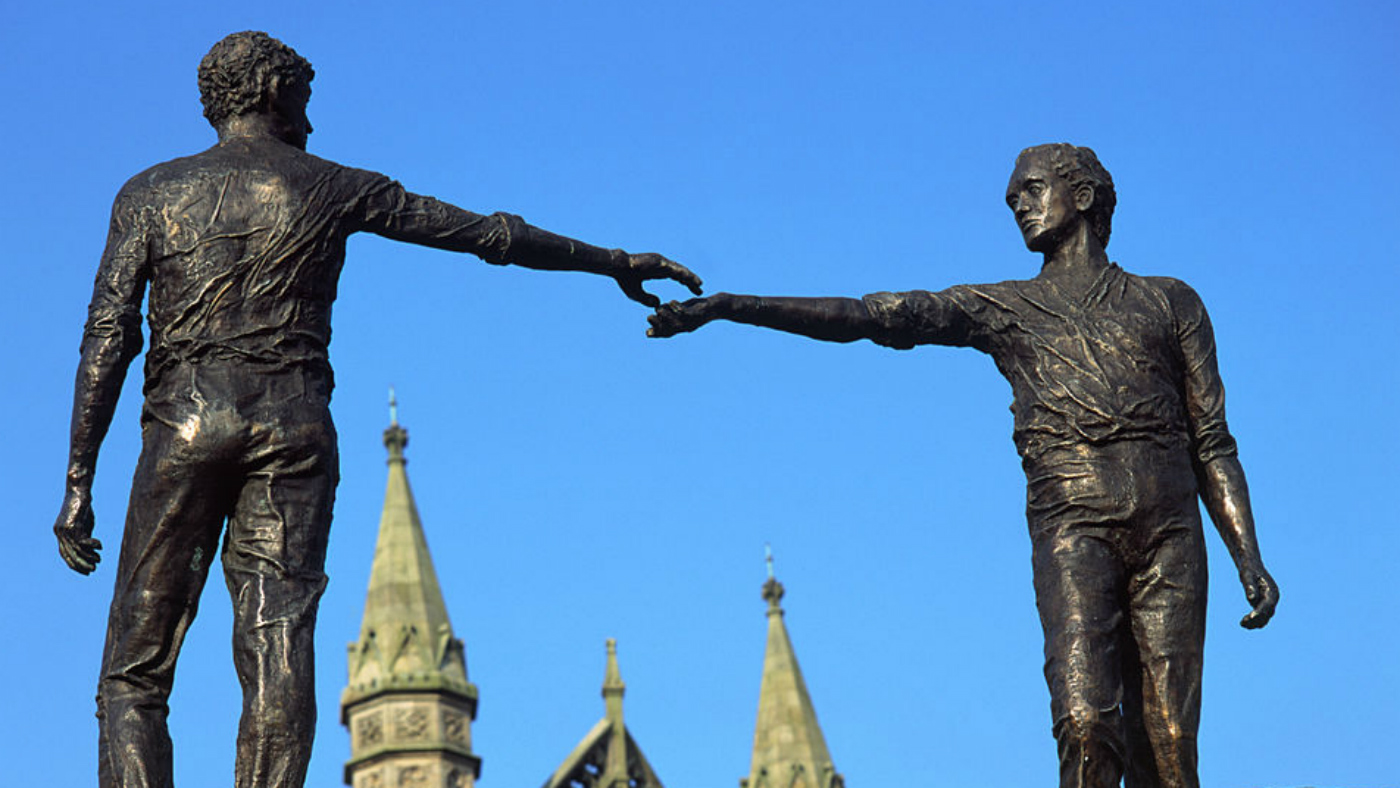
Perhaps the most exciting developments are centred on a section of the city across the Peace Bridge on the east side of the Foyle, where the regeneration of Ebrington Square holds great possibilities for the near future. Already the home of the excellent Walled City Brewery, whose food is as good as anything in the city, and whose beer is in an entirely different league, there are plans to continue the transformation of a former military fort turned British Army barracks into a hotel and gin distillery. During Halloween week, the former parade ground was used for a funfair, and this self-described “26-acre opportunity site” has clear potential as alternative cultural and culinary hub, akin for dockland and waterside developments in countless other European cities.
About an hour from Derry (and the same from Belfast) is the village of Bellaghy, best known these days as the birthplace of the Nobel Laureate Seamus Heaney. The life and work of the poet, who died in 2013 and was buried in Bellaghy's churchyard, is remembered at the purpose-built Seamus Heaney Home Place, which displays an array of personal artefacts alongside thoughtfully selected photographs, video installations and touch screens.
Heaney's poetry was widely praised for its sense of place and keen-eyed portrayals of the characters and landscape of his childhood, even as the older writer set up home in Dublin and Harvard. The Home Place, which is bathed in natural light through floor-to-ceiling windows looking across acres of farmland, recognises the challenges faced by Heaney in departing from the agricultural heritage of his family—many of whom still live in Bellaghy. Most significantly, it allows Heaney himself to do the talking. There are numerous listening posts which play recordings of Heaney reading his own work, as well as a library of all his collections alongside ample bean-bags and chairs to allow a visitor simply to sit, read and contemplate.
bmi regional has launched a brand new flight from London Stansted to Derry, offering double daily flights except for Saturdays (when there is one flight each way). Fares from London Stansted to Derry cost from £44 one way. All bmi regional fares are inclusive of 23kg hold luggage, complimentary drinks and snacks on board, allocated seating and speedy 30 minute check-ins. www.flybmi.com
-
 ‘One Battle After Another’ wins Critics Choice honors
‘One Battle After Another’ wins Critics Choice honorsSpeed Read Paul Thomas Anderson’s latest film, which stars Leonardo DiCaprio, won best picture at the 31st Critics Choice Awards
-
 Iran’s government rocked by protests
Iran’s government rocked by protestsSpeed Read The death toll from protests sparked by the collapse of Iran’s currency has reached at least 19
-
 Trump says US ‘in charge’ of Venezuela after Maduro grab
Trump says US ‘in charge’ of Venezuela after Maduro grabSpeed Read The American president claims the US will ‘run’ Venezuela for an unspecified amount of time, contradicting a statement from Secretary of State Marco Rubio
-
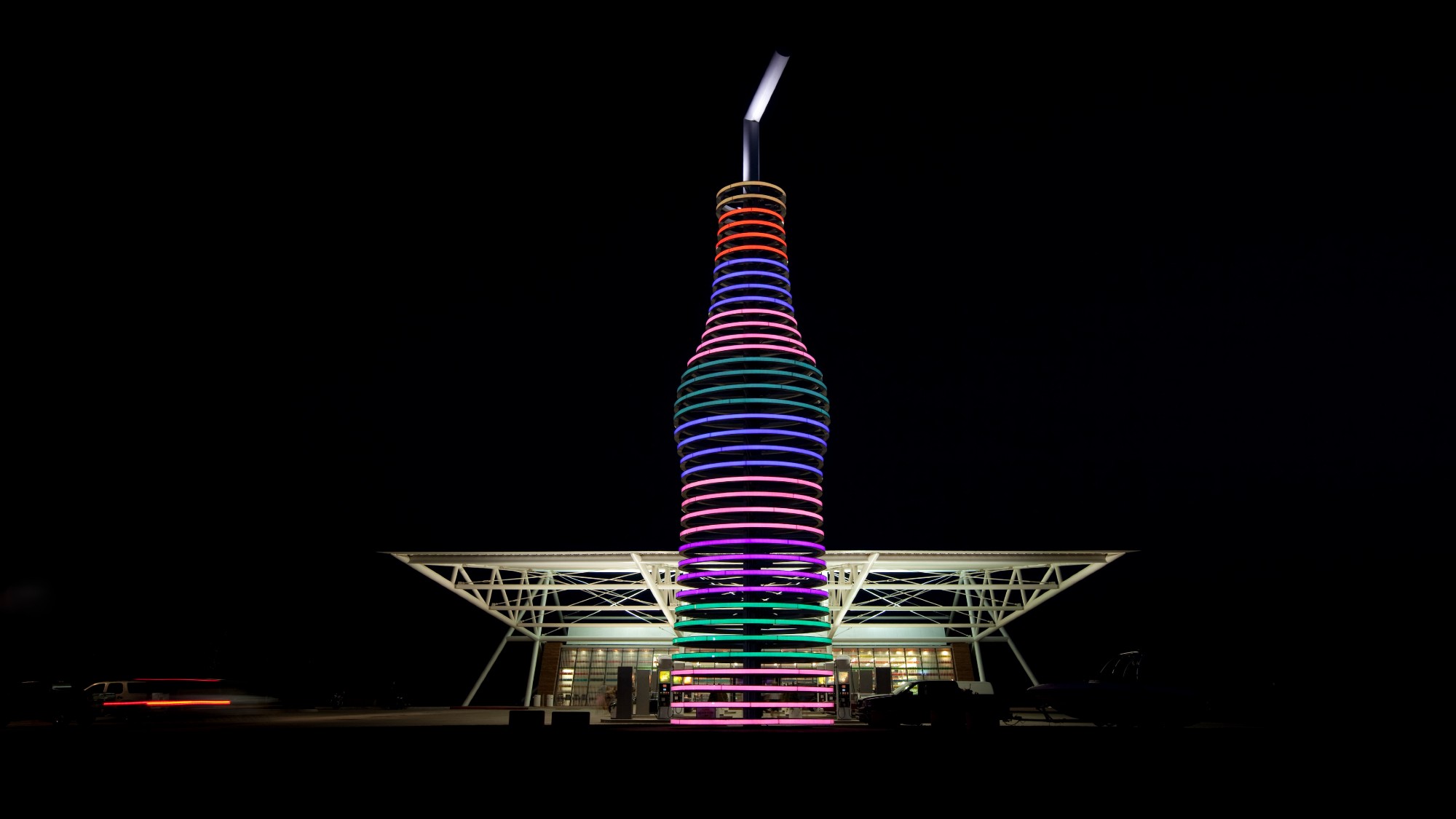 Pull over for these one-of-a-kind gas stations
Pull over for these one-of-a-kind gas stationsThe Week Recommends Fill ’er up next to highland cows and a giant soda bottle
-
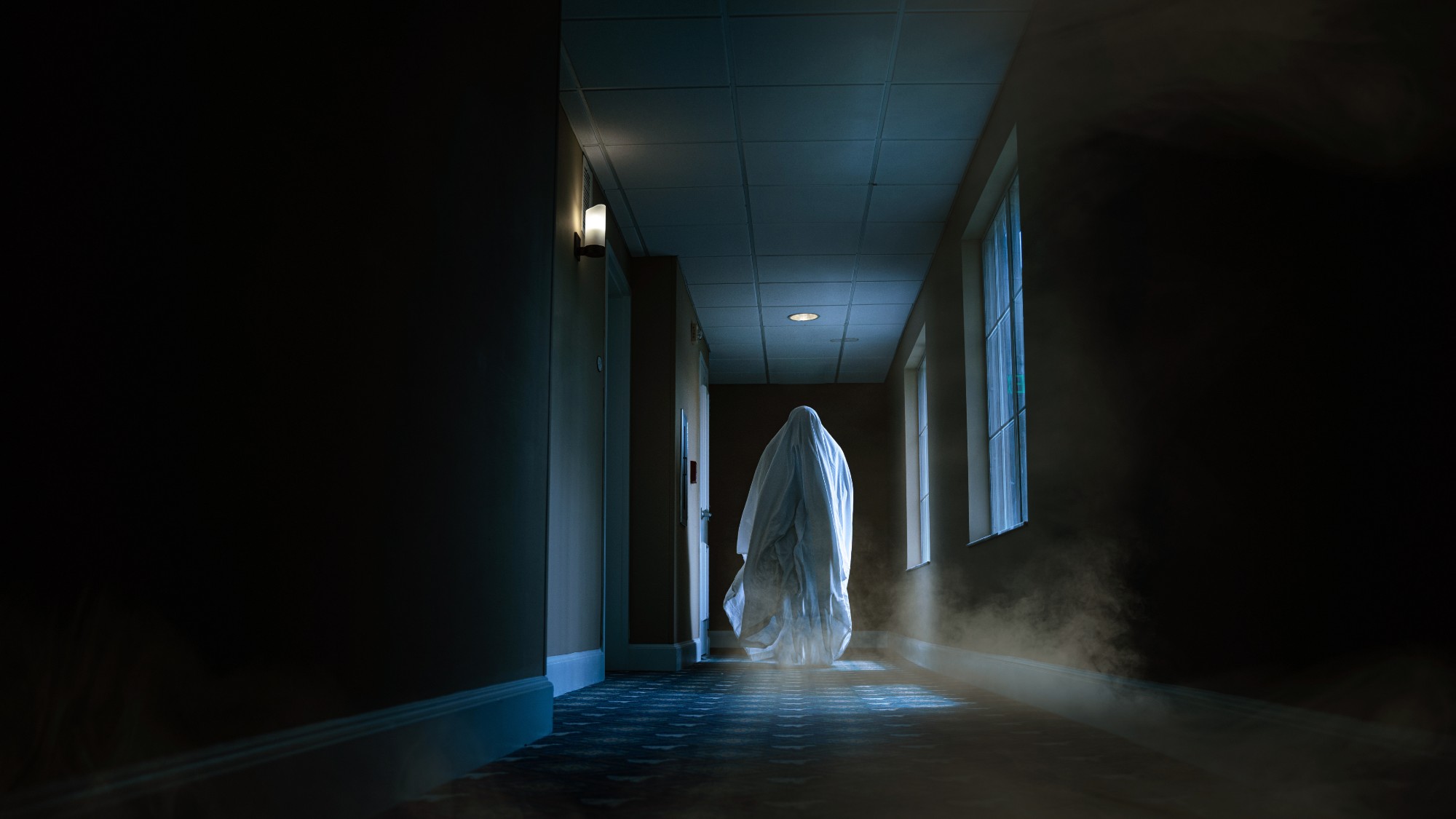 9 haunted hotels where things definitely go bump in the night
9 haunted hotels where things definitely go bump in the nightThe Week Recommends Don’t fear these spirited spots. Embrace them.
-
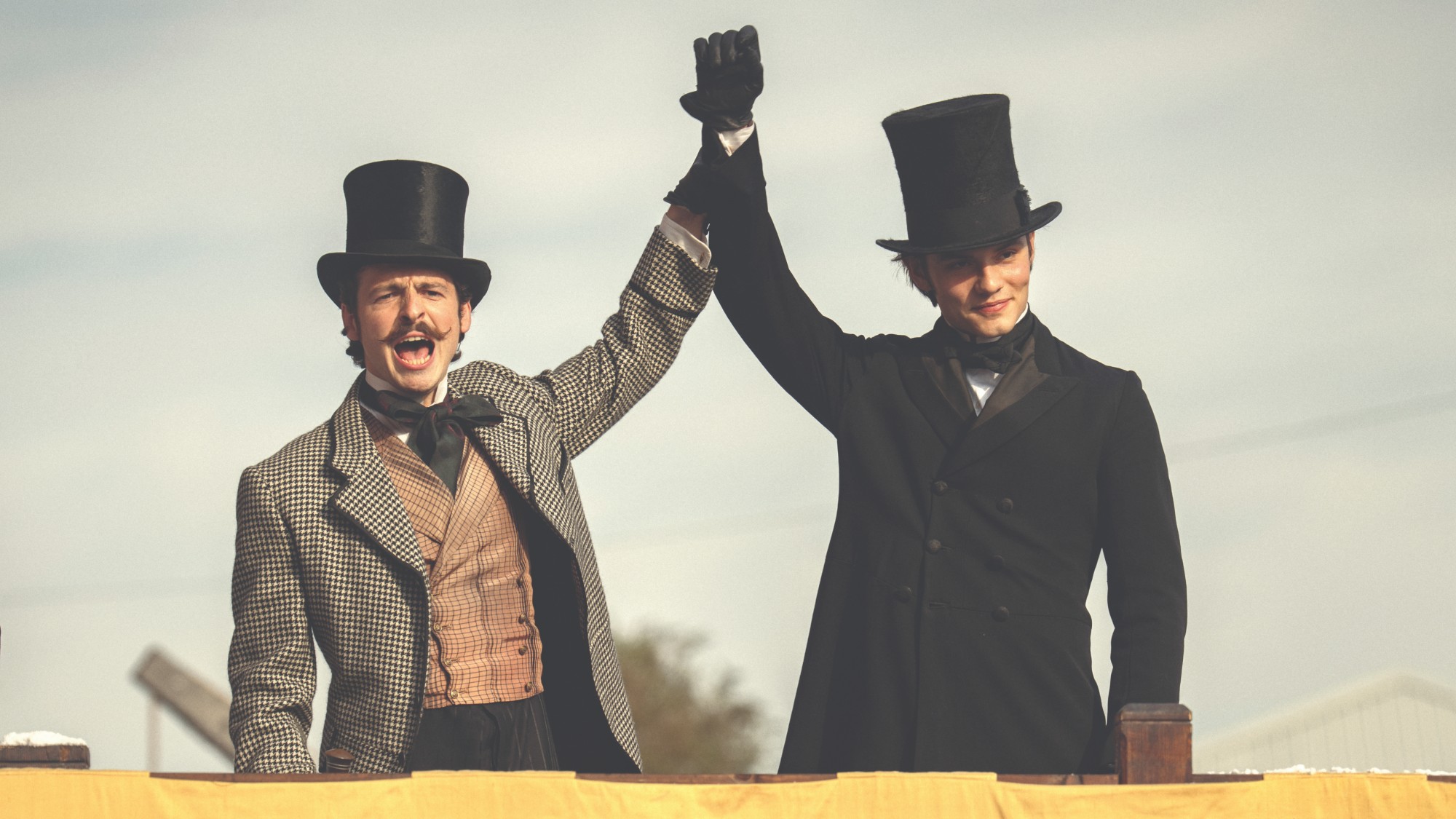 House of Guinness: ‘rip-roaring’ Dublin brewing dynasty period drama
House of Guinness: ‘rip-roaring’ Dublin brewing dynasty period dramaThe Week Recommends The Irish series mixes the family tangles of ‘Downton’ and ‘Succession’ for a ‘dark’ and ‘quaffable’ watch
-
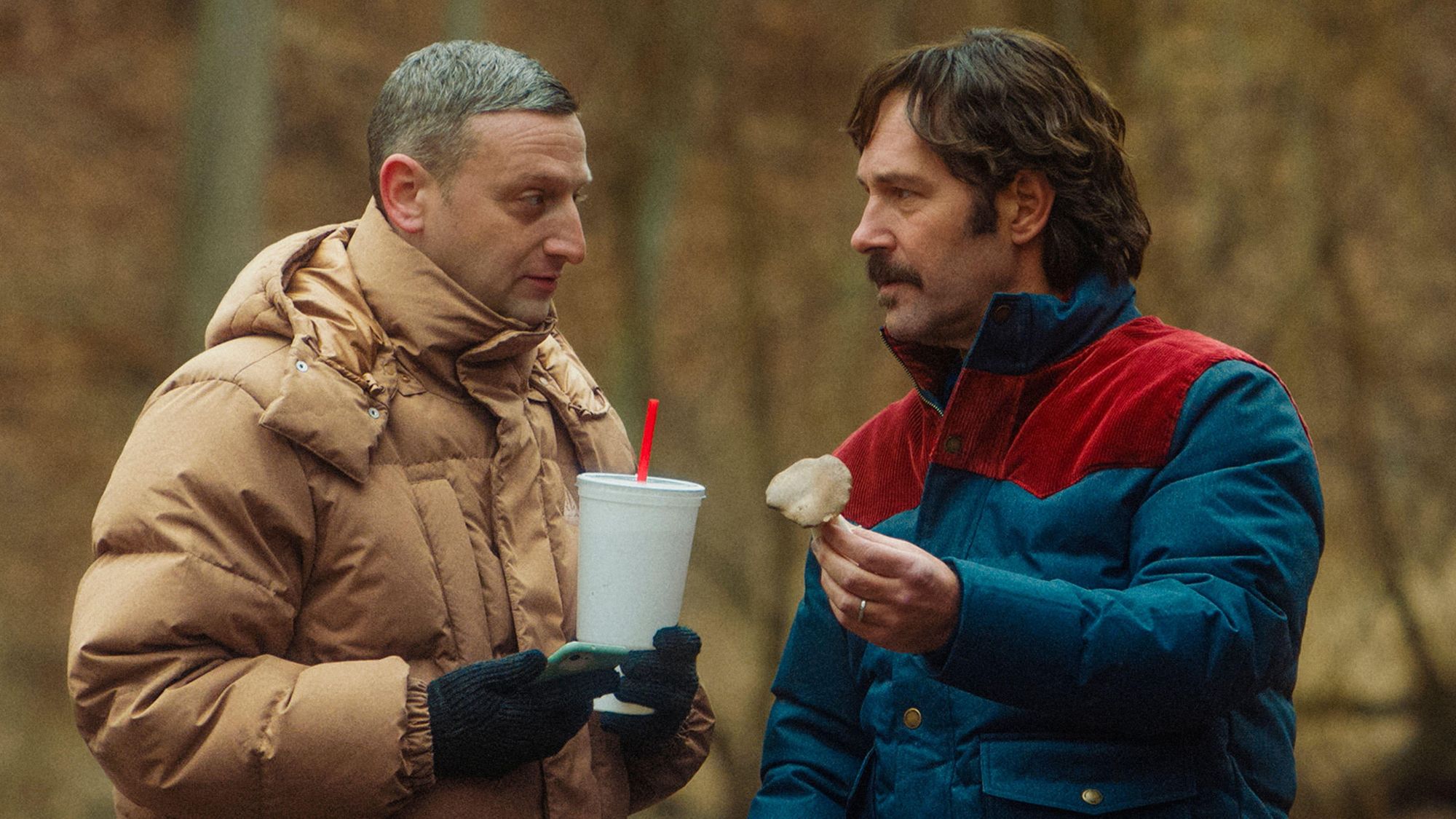 Friendship: 'bromance' comedy starring Paul Rudd and Tim Robinson
Friendship: 'bromance' comedy starring Paul Rudd and Tim RobinsonThe Week Recommends 'Lampooning and embracing' middle-aged male loneliness, this film is 'enjoyable and funny'
-
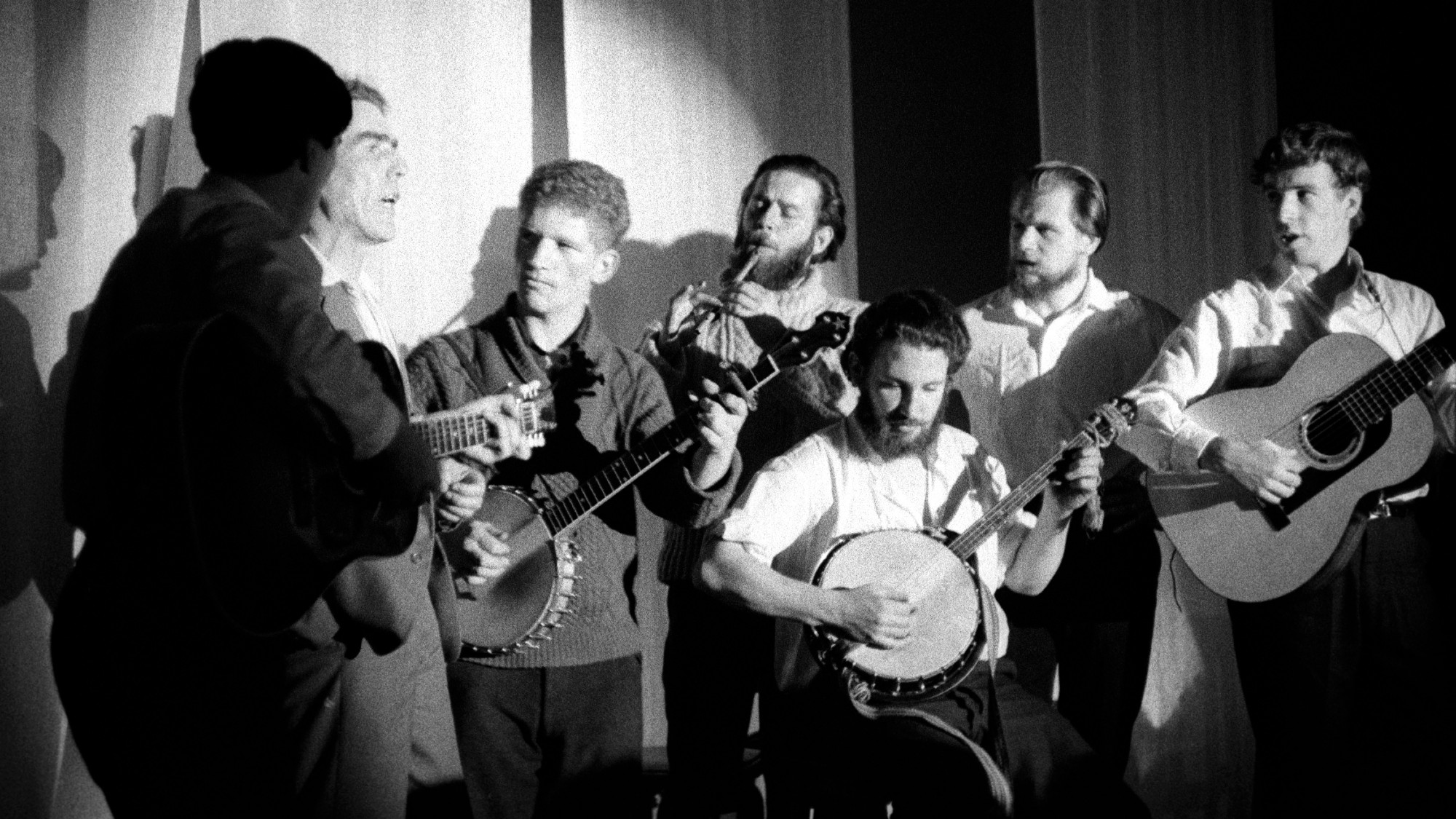 Why Irish traditional music is having a moment
Why Irish traditional music is having a momentIn The Spotlight Frustrations with isolation and technology credited for reviving 'auld' trad tunes
-
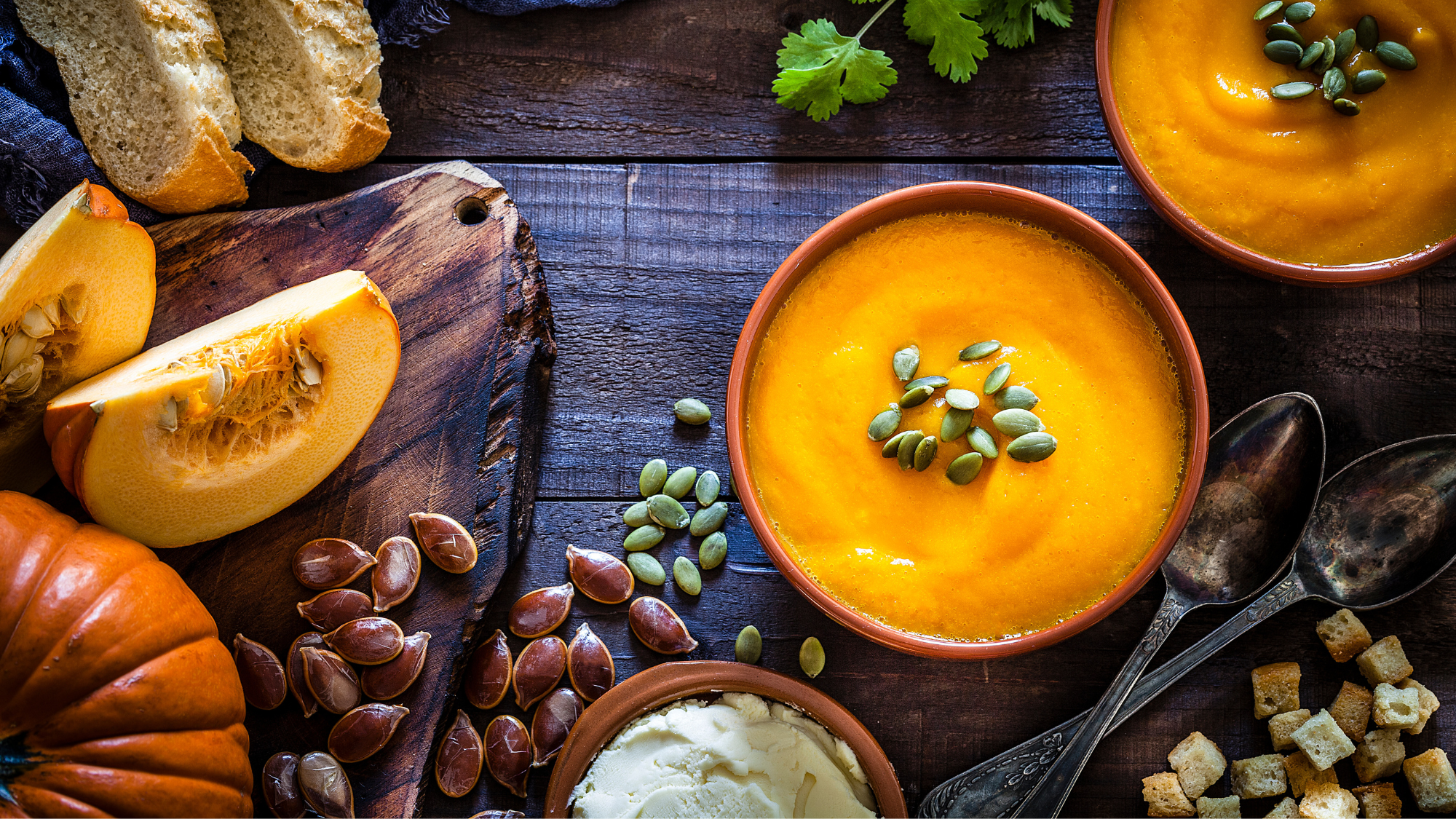 How to make the most of your leftover pumpkins
How to make the most of your leftover pumpkinsThe Week Recommends As the Halloween fun wraps up, snap up pumpkins still on sale and don't leave your jack-o-lanterns to rot
-
 5 new horror movies to jump-scare your way through Halloween
5 new horror movies to jump-scare your way through HalloweenThe Week Recommends A new take on Stephen King classic 'Salems Lot', a spooky take on late-night talk shows, and more
-
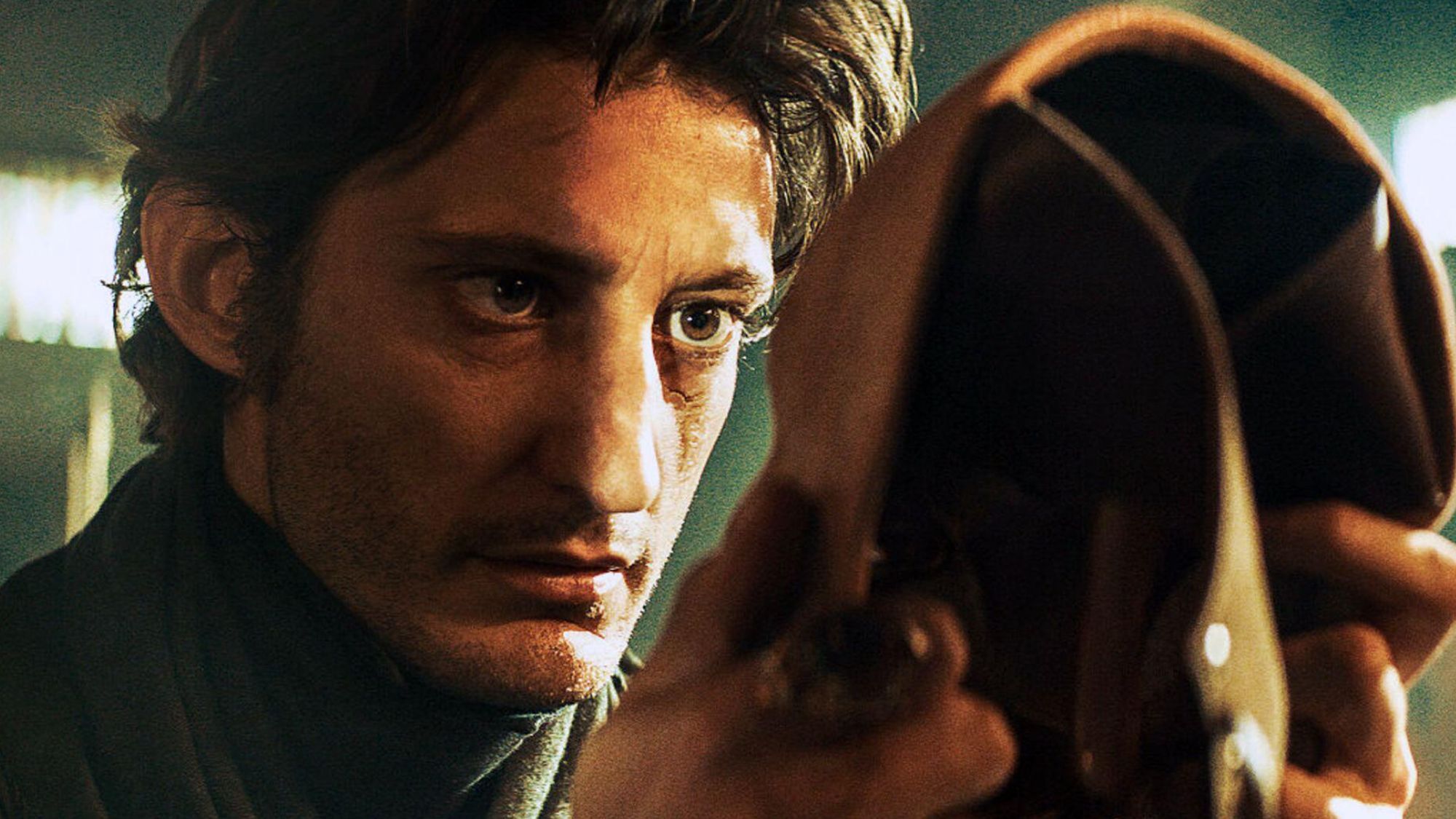 The Count of Monte Cristo review: 'indecently spectacular' adaptation
The Count of Monte Cristo review: 'indecently spectacular' adaptationThe Week Recommends Dumas's classic 19th-century novel is once again given new life in this 'fast-moving' film